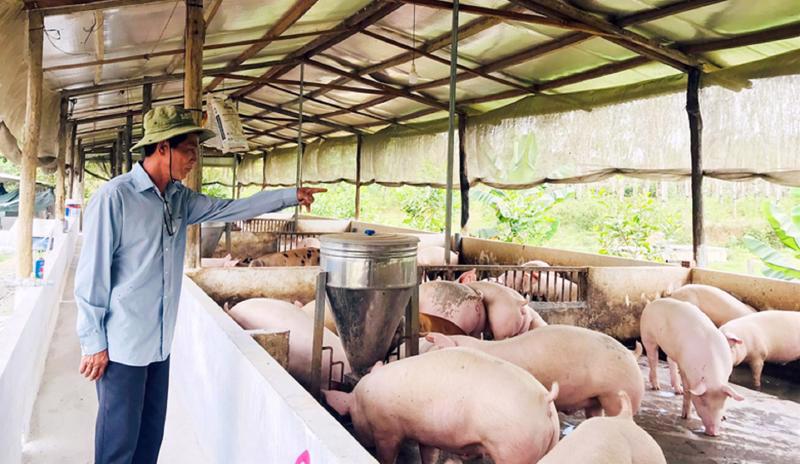Vietnam’s husbandry sector has posted strong growth over recent years but exports are still quite modest, an official has said.
Head of the Ministry of Agriculture and Rural Development’s Department of Animal Health, Nguyen Van Long, said exports of husbandry products reached only $400 million in 2022, much lower than imports of husbandry products.
“This is too modest compared to the import value of $3.32 billion in the same year,” he said, pointing out that scattered farming and loose regulations on veterinary hygiene remain a problem in the development of the domestic animal husbandry sector.
“Importing countries are still concerned about the risk of disease in animals and disease transmission between animals and people,” he said. “It is therefore essential to develop disease-free zones to promote exports.”
On July 25, the Prime Minister promulgated Decision No. 889/QD-TTg approving a national plan to strengthen the capacity of animal disease control and the management of animal food safety in the 2023-2030 period.
Under the Decision, Vietnam is set to establish 19 disease-free zones for animal breeding by 2025 in line with domestic standards, including four zones in southern Binh Phuoc province and one in nearby Tay Ninh province satisfying standards set by the World Organization for Animal Health. It is expected that eight disease-free zones will be established in Binh Duong, Tay Ninh, and nearby Dong Nai provinces by 2030.
The Decision also sets a target of exporting processed chicken to Japan, Hong Kong (China), South Korea, Singapore, the UK, the EU, mainland China, and five markets in the Eurasian Economic Union.









 Google translate
Google translate